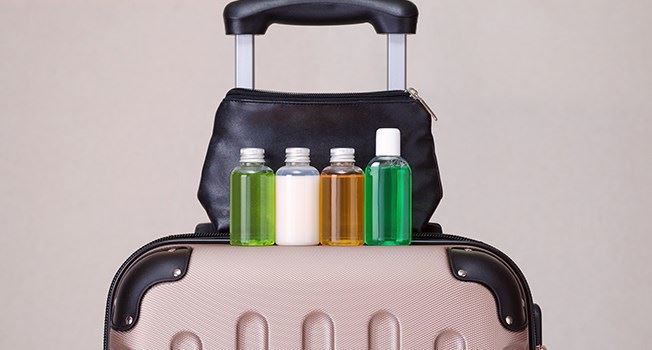

Packaging design is so much more than aesthetics. A package with a disruptive design isn’t meaningful if functionality isn’t considered. With consumers demanding more from consumer packaged goods (CPG) products, primary packaging that delivers added value and functionality will increasingly play a role in consumers’ online decision-making. Deliver and improve upon functionality and you enhance the consumer experience. A positive consumer experience will lead to repeat purchases and ultimately, brand loyalty.
Here are three functional trends in ecommerce packaging that can add value for consumers.
“There are so many details – the shape, the way the lipstick turns, the way these details make you feel a certain way. It’s not just about the way something looks, it’s all about the senses.”
Portability
Consumers are showing increased interest for functionally-driven primary packaging that is convenient and portable. Convenient and portable tools that contain and apply are also experiencing increased significance, particularly among online subscription services. Makeup sponge applicators, for example, have come a long way, from flat styles for compacts to 3D shapes for blending. Brands seek to provide consumers with easy-to-use, on-the-go packaging solutions with integrated applicators.
Amazon’s Prime Samples program, where Prime members can purchase various CPG products in trial size, allows consumers to test the product before committing to the cost of a full-size purchase. For each sample consumers buy (prices ranging from $2 to $4), they receive a credit equal to the price of the sample, which can be used toward a future purchase of select products from the category sampled. The samples function not only as trial items, but they can also function as packable, travel size items of consumers’ favorite products.
Lightweighting
Lightweighting is a sustainable trend we see in primary packaging for ecommerce where the emphasis on lightweight materials allows CPG brand owners and online retailers to reduce transportation costs and lessen the impact on the environment.
As Tom Egan, vice president of industry services at PMMI, the Association for Packaging and Processing Technologies, told Craft Brewing Business, consumers favor this approach. “They want an option that is light and compact. Consumers don’t want to carry dead weight around if they don’t need to – it’s all about convenience and portability for the buyer.”
Ball Corporation, for example, produces lightweight beer cans that contain 25% recycled aluminum and are 10% lighter than previous versions. Sealed Air, which produces sustainable packaging solutions used to dispense homogenous liquids, claims to reduce packaging by 75% (by weight), reducing package footprints and improving sustainability while lowering total packaging costs.
Personal care company Pacific Shaving Co. offers single-use, mini shaving cream. The company uses dissolvable film to create single-use versions of non-solid products that otherwise could only be packaged in bulk. This makes traveling with shaving cream more convenient for the consumer, and reduces waste.
Alamo Red’s salsa jar, is another example. Packaged in a (glass to plastic conversion) Apex hot fill PET jar, it can run on a glass manufacturing line and use metal lug closures. It allows brand owners to overcome shipping challenges such as cost (reduces shipment weight by up to 85%) and potential breakage.
Rigid Flexible Hybrids
Are rigid flexible hybrids —hybrid packaging that combines rigid and flexible materials— the future? Some think so, pointing to transportation cost savings and an innovative design edge.
Take Brazilian cosmetics company Natura Cosmeticos®, which recently launched personal care products line Sou. All items are presented in 6.7 ounce stand-up pouches with a teardrop shape, sealed with a flip-top cap. The company says the flexible packs require 70% less plastic than rigid plastic containers of the same volume.

Dr. Dalton’s stand up ziplock pouch and Petcurean’s flexibox are other examples of hybrids that are convenient for consumers and economical for brand owners. The ziplock pouch is flexible and lightweight, reducing shipping cost and storage space while the flexibox allows for evenly packing of light density products.
Considerations for Brand Owners
How can you improve your product’s functionality? Here are a few things to consider:
- Design more effective open/close functionalities, application tools or handles for easier pouring. Or incorporating glass droppers (think liquid makeup foundation) that can be custom-decorated for an eye-catching design when paired with a clear bottle.
- Add visual indicators or windows to primary packaging to help consumers know when it’s time to replenish.
- Consider how your target consumers live and design products that support their lifestyles.
We understand that there is no one-size-fits-all model for ecommerce. At TricorBraun, we can help you optimize your packaging for ecommerce and ultimately enhance the consumer experience.





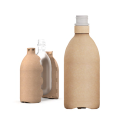
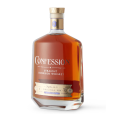
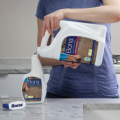
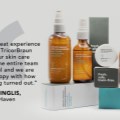
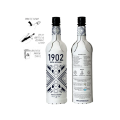
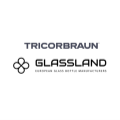
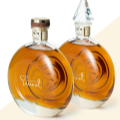
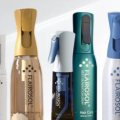

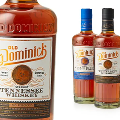


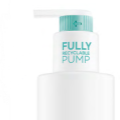
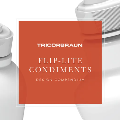
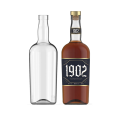
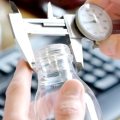
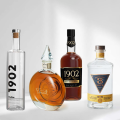
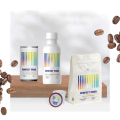
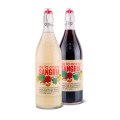
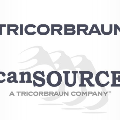
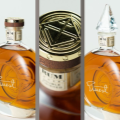
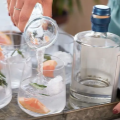
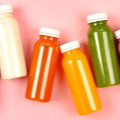
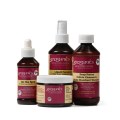
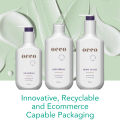
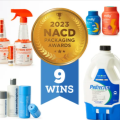
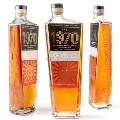
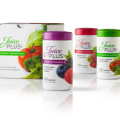
.jpg)
.jpg)
.jpg)
.jpg)











